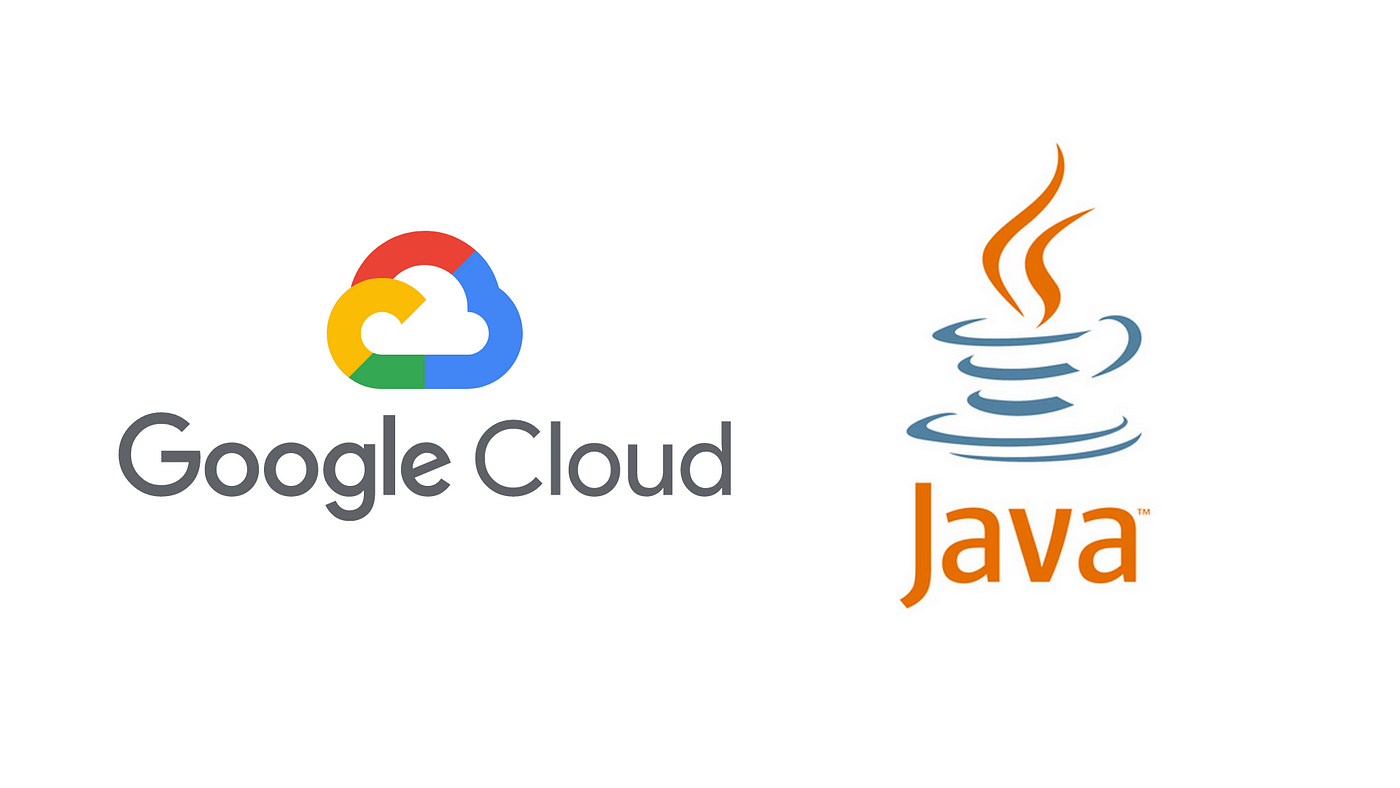Java in the Cloud: Deploying and Managing Java Applications in Cloud Environments
 Nishant Verma
Nishant Verma
The migration of Java applications to cloud environments has become a strategic imperative for businesses looking to enhance agility, scalability, and cost-effectiveness. In this article, we'll explore the various aspects of deploying and managing Java applications in cloud environments, highlighting best practices, challenges, and key considerations along the way.
1. Cloud-Native Architecture: Modernizing Java applications for the cloud involves embracing cloud-native architectures. This entails designing applications as a collection of loosely coupled, independently deployable microservices that leverage cloud services such as containers, serverless computing, and managed databases. Java frameworks like Spring Boot and Jakarta EE provide robust support for building cloud-native applications.
2. Containerization with Docker: Docker has emerged as the de facto standard for containerization, enabling developers to package Java applications and their dependencies into lightweight, portable containers. By containerizing Java applications, developers can achieve consistency across development, testing, and production environments, facilitating seamless deployment and scaling in cloud environments.
3. Orchestration with Kubernetes: Kubernetes simplifies the deployment, scaling, and management of containerized Java applications in cloud environments. By abstracting away the underlying infrastructure complexities, Kubernetes enables developers to focus on building and deploying applications without worrying about provisioning or managing servers. Kubernetes' declarative configuration and automated scaling capabilities make it well-suited for deploying Java applications at scale.
4. Serverless Computing: Serverless computing platforms, such as AWS Lambda and Azure Functions, offer a compelling alternative for deploying Java applications in cloud environments. With serverless computing, developers can focus on writing code without the need to manage servers or infrastructure. Java's compatibility with serverless platforms enables developers to leverage existing codebases and libraries while benefiting from the scalability and cost-effectiveness of serverless architectures.
5. Continuous Integration/Continuous Deployment (CI/CD): Adopting CI/CD practices is essential for streamlining the deployment pipeline of Java applications in cloud environments. By automating the build, test, and deployment processes, teams can accelerate the delivery of new features and updates while maintaining high-quality standards. Tools like Jenkins, GitLab CI/CD, and GitHub Actions facilitate seamless integration with cloud platforms, enabling automated deployments to cloud environments.
6. Monitoring and Observability: Monitoring and observability are critical aspects of managing Java applications in cloud environments. Leveraging tools like Prometheus, Grafana, and CloudWatch, developers can gain insights into application performance, resource utilization, and potential bottlenecks. By monitoring key metrics and setting up alerts, teams can proactively identify and address issues before they impact end users.
7. Security and Compliance: Securing Java applications in cloud environments requires a comprehensive approach to identity management, data protection, and compliance. Implementing security best practices such as encryption, access control, and regular vulnerability scanning helps mitigate security risks and ensure compliance with regulatory requirements. Cloud-native security services, such as AWS Identity and Access Management (IAM) and Azure Active Directory, provide robust capabilities for securing Java applications in cloud environments.
In conclusion
deploying and managing Java applications in cloud environments requires a combination of architectural best practices, automation tools, and security measures. By embracing cloud-native principles and leveraging cloud services, organizations can unlock the full potential of Java in the cloud, enabling greater agility, scalability, and innovation. For individuals seeking to enhance their Java skills and proficiency, enrolling in the best Java training course in Kolkata, Noida, Delhi, Lucknow, Dehradun, and other cities in India can provide invaluable insights and hands-on experience. These courses offer comprehensive instruction, practical exercises, and real-world projects to equip learners with the knowledge and expertise needed to excel in Java development within cloud environments.
Subscribe to my newsletter
Read articles from Nishant Verma directly inside your inbox. Subscribe to the newsletter, and don't miss out.
Written by
